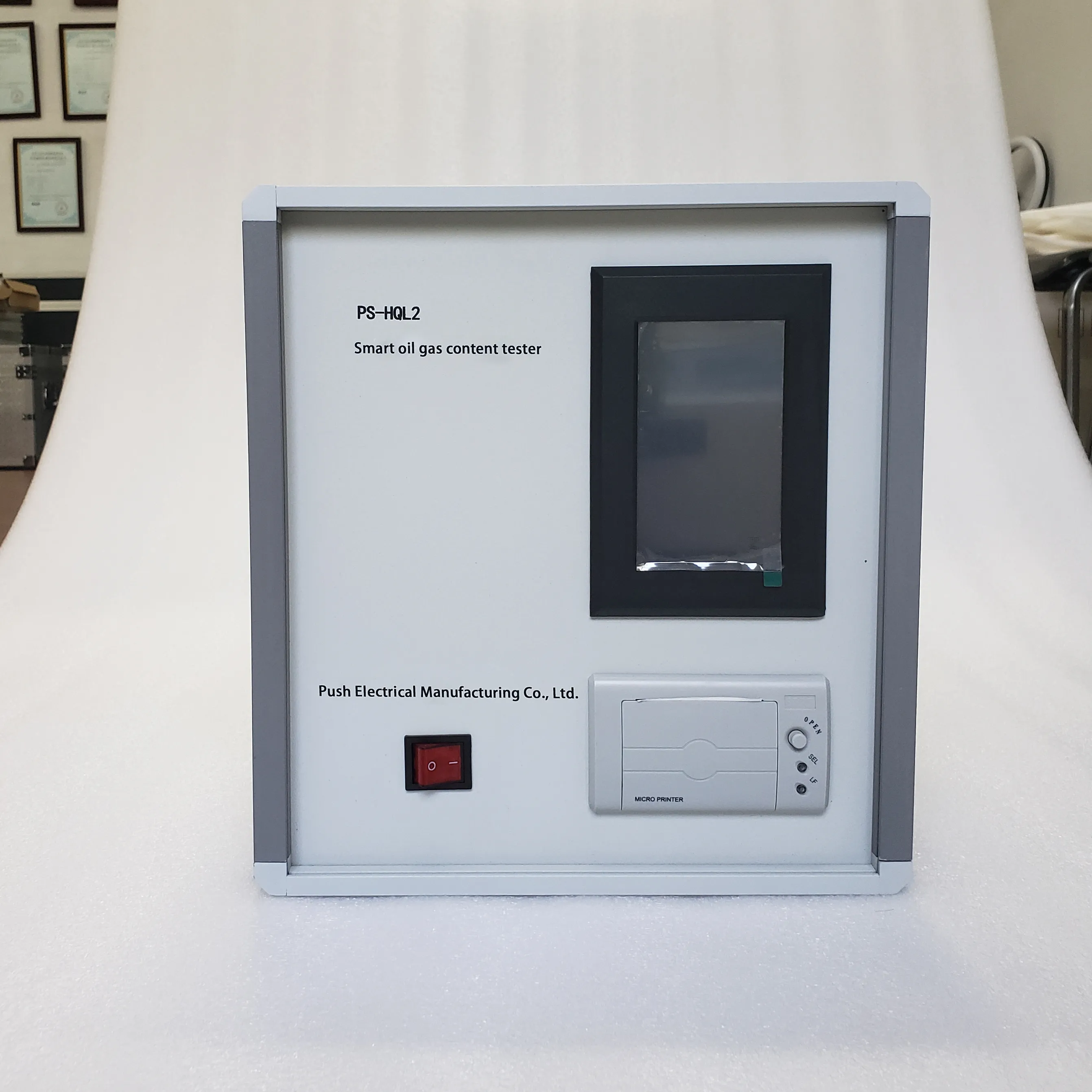TEL:
+86-0312-3189593
 English
English

Telephone:0312-3189593

Email:sales@oil-tester.com

-
 Afrikaans
Afrikaans -
 Albanian
Albanian -
 Amharic
Amharic -
 Arabic
Arabic -
 Armenian
Armenian -
 Azerbaijani
Azerbaijani -
 Basque
Basque -
 Belarusian
Belarusian -
 Bengali
Bengali -
 Bosnian
Bosnian -
 Bulgarian
Bulgarian -
 Catalan
Catalan -
 Cebuano
Cebuano -
 China
China -
 China (Taiwan)
China (Taiwan) -
 Corsican
Corsican -
 Croatian
Croatian -
 Czech
Czech -
 Danish
Danish -
 Dutch
Dutch -
 English
English -
 Esperanto
Esperanto -
 Estonian
Estonian -
 Finnish
Finnish -
 French
French -
 Frisian
Frisian -
 Galician
Galician -
 Georgian
Georgian -
 German
German -
 Greek
Greek -
 Gujarati
Gujarati -
 Haitian Creole
Haitian Creole -
 hausa
hausa -
 hawaiian
hawaiian -
 Hebrew
Hebrew -
 Hindi
Hindi -
 Miao
Miao -
 Hungarian
Hungarian -
 Icelandic
Icelandic -
 igbo
igbo -
 Indonesian
Indonesian -
 irish
irish -
 Italian
Italian -
 Japanese
Japanese -
 Javanese
Javanese -
 Kannada
Kannada -
 kazakh
kazakh -
 Khmer
Khmer -
 Rwandese
Rwandese -
 Korean
Korean -
 Kurdish
Kurdish -
 Kyrgyz
Kyrgyz -
 Lao
Lao -
 Latin
Latin -
 Latvian
Latvian -
 Lithuanian
Lithuanian -
 Luxembourgish
Luxembourgish -
 Macedonian
Macedonian -
 Malgashi
Malgashi -
 Malay
Malay -
 Malayalam
Malayalam -
 Maltese
Maltese -
 Maori
Maori -
 Marathi
Marathi -
 Mongolian
Mongolian -
 Myanmar
Myanmar -
 Nepali
Nepali -
 Norwegian
Norwegian -
 Norwegian
Norwegian -
 Occitan
Occitan -
 Pashto
Pashto -
 Persian
Persian -
 Polish
Polish -
 Portuguese
Portuguese -
 Punjabi
Punjabi -
 Romanian
Romanian -
 Russian
Russian -
 Samoan
Samoan -
 Scottish Gaelic
Scottish Gaelic -
 Serbian
Serbian -
 Sesotho
Sesotho -
 Shona
Shona -
 Sindhi
Sindhi -
 Sinhala
Sinhala -
 Slovak
Slovak -
 Slovenian
Slovenian -
 Somali
Somali -
 Spanish
Spanish -
 Sundanese
Sundanese -
 Swahili
Swahili -
 Swedish
Swedish -
 Tagalog
Tagalog -
 Tajik
Tajik -
 Tamil
Tamil -
 Tatar
Tatar -
 Telugu
Telugu -
 Thai
Thai -
 Turkish
Turkish -
 Turkmen
Turkmen -
 Ukrainian
Ukrainian -
 Urdu
Urdu -
 Uighur
Uighur -
 Uzbek
Uzbek -
 Vietnamese
Vietnamese -
 Welsh
Welsh -
 Bantu
Bantu -
 Yiddish
Yiddish -
 Yoruba
Yoruba -
 Zulu
Zulu
កុម្ភៈ . 08, 2025 02:30
Back to list
insulation resistance for transformer
Insulation resistance is a critical parameter in the functioning and longevity of a transformer. At its core, it measures the effectiveness of a transformer's insulating materials in resisting the flow of electrical current. High insulation resistance ensures that the transformer can operate safely and efficiently under various electrical stresses. Here, we delve into why it's essential, how to measure it, and strategies for maintaining optimal levels.
Authoritativeness in testing methods often translates to embracing advancements like polarization index testing, which compares insulation resistance readings over extended periods, providing insights into moisture or contamination within transformer insulation. Incorporating such advanced technologies can bolster a company's reputation for adopting best practices in electrical maintenance. Trustworthiness in handling transformers extends beyond just periodic measurement and hinges upon proactive strategies for enhancing insulation life. Moisture control is paramount since moisture is a leading cause of insulation breakdown. Ensuring well-maintained seals and routine oil processing can stave off moisture-related issues. Additionally, protecting transformers from environmental threats such as dust and corrosive substances can further bolster insulation resistance. Employing an integrated approach involving regular monitoring, expert assessment, and immediate corrective actions enhances transformer performance. The overarching aim is not just prolonging lifespan but safeguarding the electrical network's integrity. Industries dependent on transformers know that compromised insulation often equates to financial losses, making insulation resistance a focal point in asset management. In conclusion, insulation resistance is indispensable to transformer performance and longevity. Understanding its criticality and maintaining its high standards through expert techniques and consistent monitoring can translate to operational excellence and safety. Fostering a culture that prioritizes insulation integrity is a hallmark of a trusted electrical maintenance entity, ensuring the smooth running of the pivotal systems transformers support.


Authoritativeness in testing methods often translates to embracing advancements like polarization index testing, which compares insulation resistance readings over extended periods, providing insights into moisture or contamination within transformer insulation. Incorporating such advanced technologies can bolster a company's reputation for adopting best practices in electrical maintenance. Trustworthiness in handling transformers extends beyond just periodic measurement and hinges upon proactive strategies for enhancing insulation life. Moisture control is paramount since moisture is a leading cause of insulation breakdown. Ensuring well-maintained seals and routine oil processing can stave off moisture-related issues. Additionally, protecting transformers from environmental threats such as dust and corrosive substances can further bolster insulation resistance. Employing an integrated approach involving regular monitoring, expert assessment, and immediate corrective actions enhances transformer performance. The overarching aim is not just prolonging lifespan but safeguarding the electrical network's integrity. Industries dependent on transformers know that compromised insulation often equates to financial losses, making insulation resistance a focal point in asset management. In conclusion, insulation resistance is indispensable to transformer performance and longevity. Understanding its criticality and maintaining its high standards through expert techniques and consistent monitoring can translate to operational excellence and safety. Fostering a culture that prioritizes insulation integrity is a hallmark of a trusted electrical maintenance entity, ensuring the smooth running of the pivotal systems transformers support.
Previous:
Latest news
-
Testing Equipment Industry Sees Major Advancements in 2025: Smart & Precision Technologies Lead the WayNewsJun.06,2025
-
Applications of Direct Current Generators in Renewable Energy SystemsNewsJun.05,2025
-
Hipot Tester Calibration and Accuracy GuidelinesNewsJun.05,2025
-
Digital Circuit Breaker Analyzer Features and BenefitsNewsJun.05,2025
-
Benefits of Real-Time Power Quality Monitoring Devices for Industrial EfficiencyNewsJun.05,2025
-
Earth Fault Loop Testing in High-Rise Building Electrical SystemsNewsJun.05,2025



